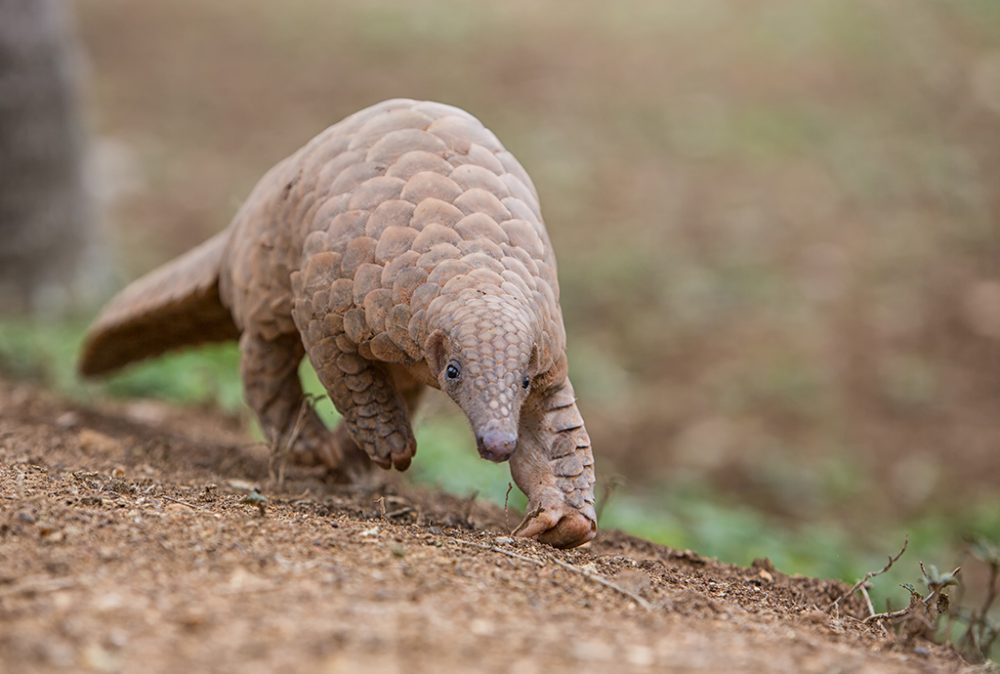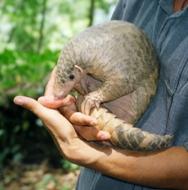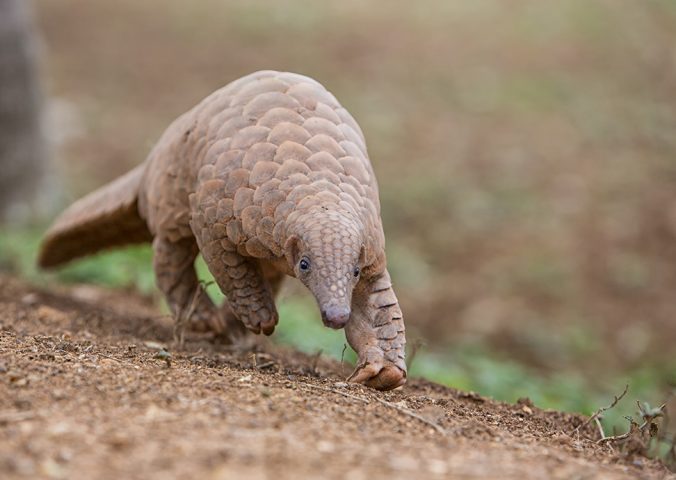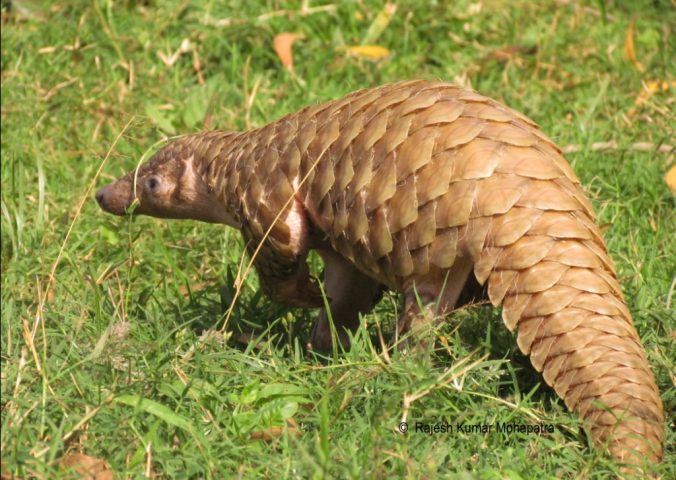About
The Indian pangolin or thick-tailed pangolin is a solitary, shy, slow moving, nocturnal mammal,
Unlike other pangolin species, the Indian pangolin does not often climb trees. Pangolins or scaly anteaters (order Pholidota, meaning ‘scaled animals’) are a group of unusual mammals with tough, protective keratin scales.
The taxonomic order which pangolins belong to, Pholidota, is one of the smallest of the placental mammals, containing just one family, the Manidae, with eight living species. Four species are found in Africa and three in Southeast Asia.
Pangolins are the most trafficked mammals in the world, despite an international ban on their trade.They are trafficked both for their meat, and the unfounded belief that their keratinous scales have medical properties used in traditional medicine.
- Order: Pholidota
- Family: Manidae
- Population: Unknown
- Trend: decreasing
- Size: 84-122cm
- Weight: 10-16kg
EDGE Score
Distribution
Indian pangolins are found through parts of South Asia, from eastern Pakistan, India, southern Nepal, Bangladesh and Sri Lanka.
Habitat and Ecology
The pangolins occur in tropical forests, as well as open land, grasslands and degraded habitat, including in close proximity to villages. It is thought to adapt well to modified habitats, provided that its ant and termite prey remain abundant. Though it is also known to feed on other invertebrates such as beetles and worms.



